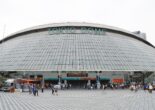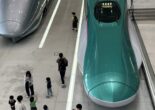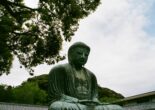Nippori may be better known as a place where you change trains, but there are a lot of things to do around the station. Not only is the burial place of the last shogun just outside the ticket gates, you can also find a unique clock museum.
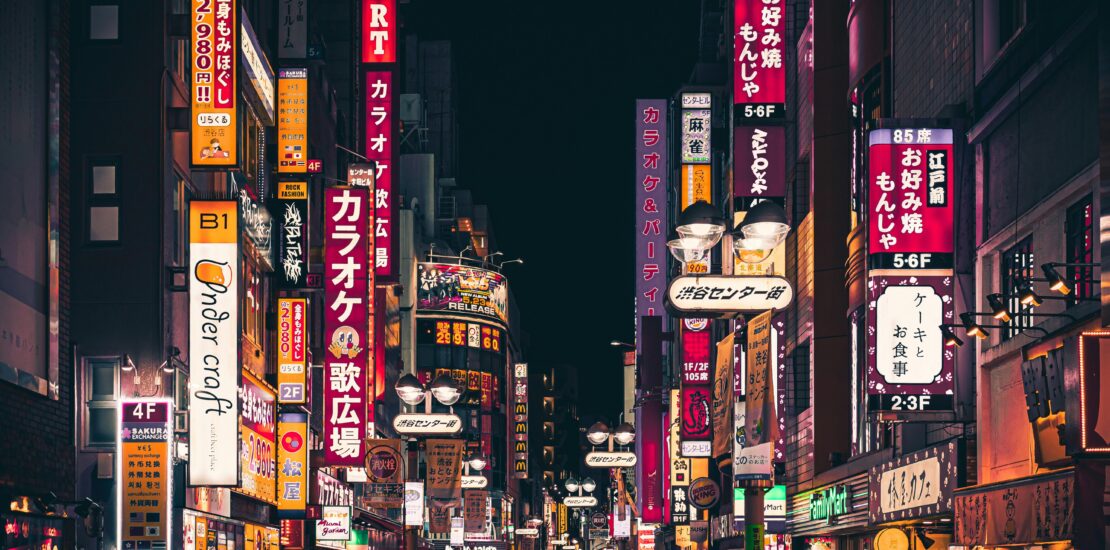
For travelers on the Yamanote line, Nippori is perhaps better known as a location where you change trains than anything else. But there are a lot more things to see and do in Nippori.
This is one place you can see the Tohoku Shinkansen whizz by, as the Shinkansen tracks go straight through the station on their way from Ueno to Omiya. Train buffs will appreciate that you can see the Tokiwa express trains bound for Ibaraki as well.
Starting with the station however, this is where the Yamanote line intersects the Keisei line. They share the same station, although you have to pass from the JR area to the Keisei area.
Skyliner Change
Keisei line may not mean much to visiting travelers, but if I say “Narita Skyliner” instead, it probably is more familiar. The fast train from Ueno to Narita stops here before heading out on its dedicated track to Narita Airport. Anyone coming from western Tokyo, in particular Shinjuku and Ikebukuro, will find it more convenient to change trains here than going to Ueno and be forced to walk for several hundred meters to arrive at the station.
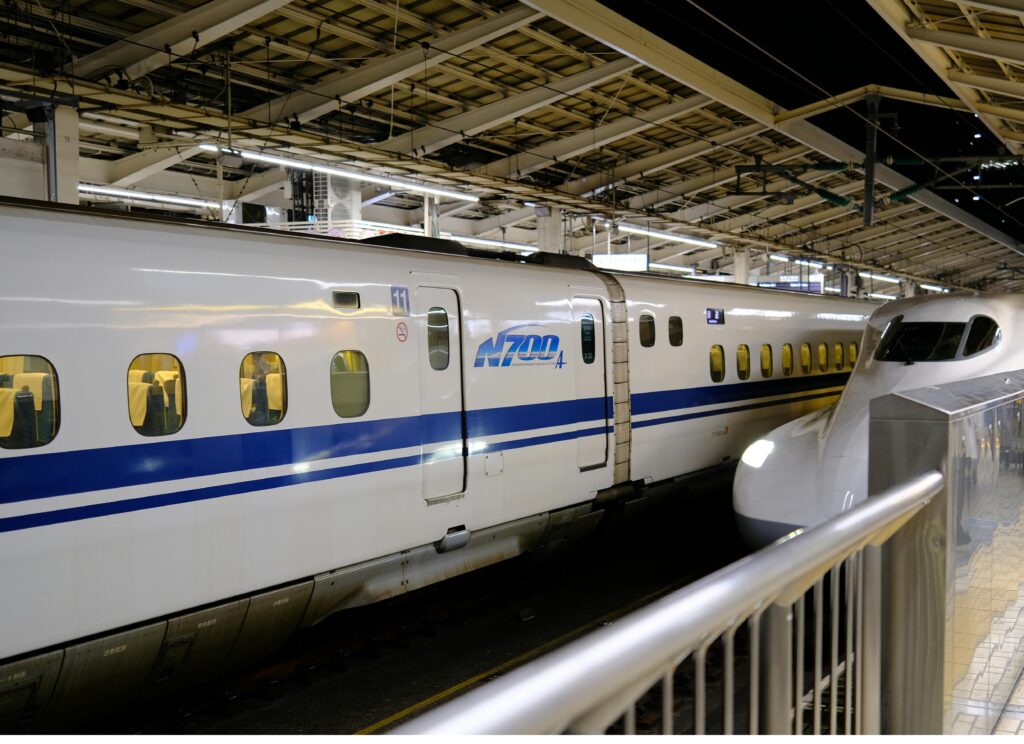
However interesting the Skyliner train may look, it is actually less interesting than the other train you can change to at Nippori.
The Nippori-Toneri Liner runs from Nippori Station to the little commuter town of Toneri. Originally the Tokyo city planners had thought to build a full-fledged subway, but there was not enough money. So they went for the second-best alternative: An automated train.
Most visitors to Tokyo will be familiar with Yurikamome, the driverless train to Odaiba, and the Nippori-Toneri Liner works on the same principle. There is no driver.
Scary though it may sound, the driverless trains work well, and thanks to there being no driver there is more space for passengers. Which is a good thing, because before the pandemic this was one of the most crowded trains in Tokyo during rush hour.
But that is just the trains. Is there nothing else to do around there? You do not have to go far outside the station to experience the attractions of Nippori – and some Tokyo history.
Green, Large, and Full of Graves
On the western side of the station there is a large, green space. It can be beautiful in spring and fall, when the cherry trees blossom and the fall colors come out, respectively. But that is not the reason for the huge park. This is the Yanaka Cemetery.
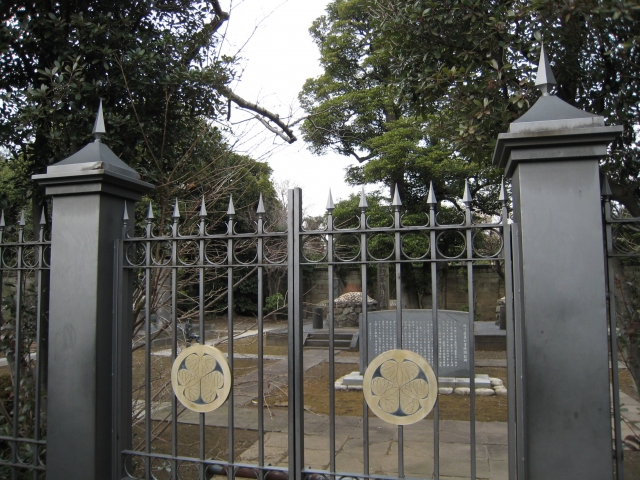
Originally, the cemetery was part of the green belt of temples and daimyo palaces that formed a green ring around the city of Edo, to make it easier to defend. What is now the Yanaka cemetery belonged to the nearby Tennoji temple. After the Meji restoration, there was a need to establish cemeteries not directly associated with Buddhism, and the Yanaka cemetery was confiscated for that purpose.
Remarkable Peoples Graves
The cemetery is home to the graves of some remarkable people, for instance, Saint Nicholas – not that Saint Nick, but the Russian Orthodox apostle and archbishop of Japan. There is also a burial compound of the Tokugawa clan, and even though the burial place of six of the shoguns is in the grounds of Zozo-ji near Tokyo Tower, the last shogun Tokugawa Yoshinobu is buried here.
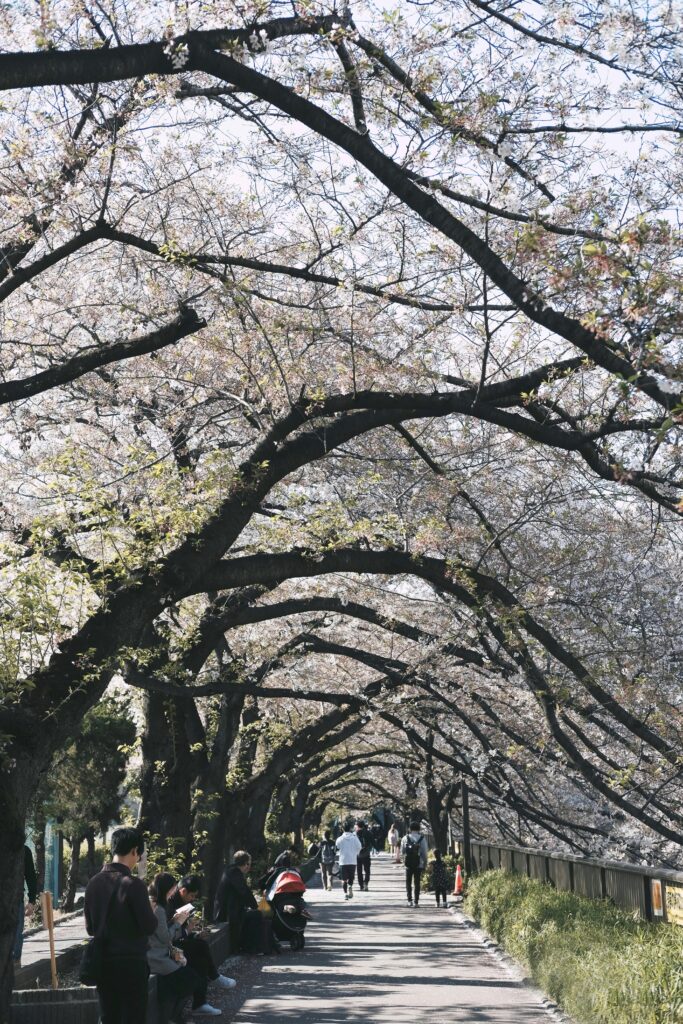
A little to the west of the Yanaka Cemetery is the location of one of the Intangible Cultural Properties of Tokyo, the home and studio of sculptor Fumio Asakura. His playful yet thoughtful sculptures are everywhere in the studio, and well worth a visit.
Continue a little to the northwest and you arrive at another piece of Tokyo history.
Stairway to Showa
Yūyake Dandan leads down to Yanaka Ginza, a street that so well preserves the Showa Shitamachi atmosphere that it often is made to stand in for Tokyo of 50 or 60 years ago.
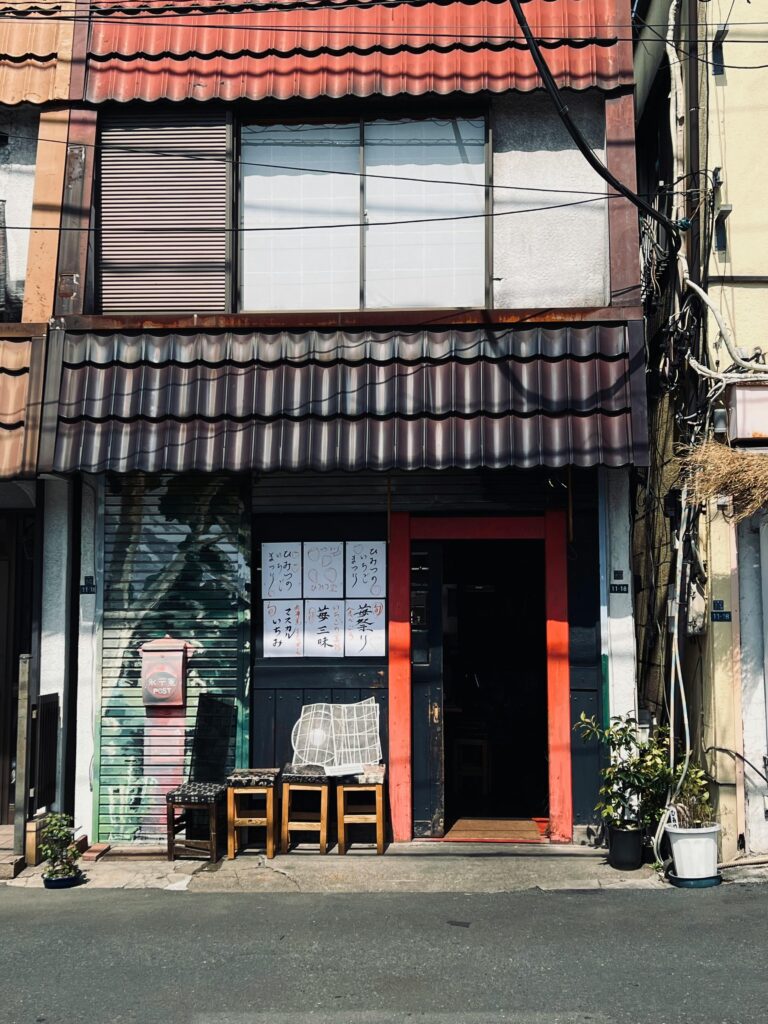
You will half expect to meet Tora-san as you wander among the meandering streets.
Stand at the top of the stairs at sunset (the view is magnificent) and it is easy to feel that you have been transported back in time to a more innocent bygone age. Today, this is one of the few places which gives you a feel of what Tokyo was like in those days.
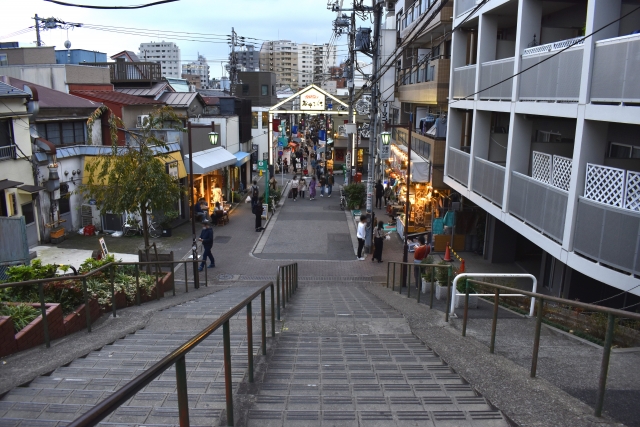
This is not the only remarkable sight in Nippori, however. A bit further to the south from Yanaka Ginza you will find the Daimyo Clock Museum. And these are not just any clocks.
During the period when Japan was closed, the feudal lords (daimyo) invested in ways of keeping time that were adopted to the traditional Japanese way of keeping track of the hours of the day.
The problem was that the day and night was divided in six units each, and the length of the day and night units would vary with the season, since sunset and sunrise were always at the first and last of the six hours. In summer, the six hours of the day would be longer than the nighttime hours. Incense burning in tracks or water clocks were used to keep time. Some Buddhist sects would pray at the stroke of certain hours, so precise timekeeping was essential.
Once mechanical clock technology was introduced to Japan, Japanese clock makers started to make their own clocks which captured the variable lengths of day and night. The government of the last shogun directed that timekeeping should follow the ancient system, and clock makers complied, even to the extent of making wristwatches with sundials (on display in the museum).
In 1879, the Meiji government instituted Western timekeeping and the need for the wondrously complicated clocks disappeared.
The other side if Nippori station is not at all as remarkable, a residential neighborhood where only the Saito-Yu bathhouse and the wonderfully eclectic Fabric Town stand out. And of course Okei Brewery, one of the many hundred of microbrewery-gastropubs that have popped up all over Tokyo in the last few years.
If you are in the mood for more standard Japanese shopping or entertainment, there is a special exit next to the Nippori Station north exit. It leads to three tower buildings with residences and offices, the Station Port Tower, Station Garden Tower, and the Station Plaza Tower. But that might be your last resort.

